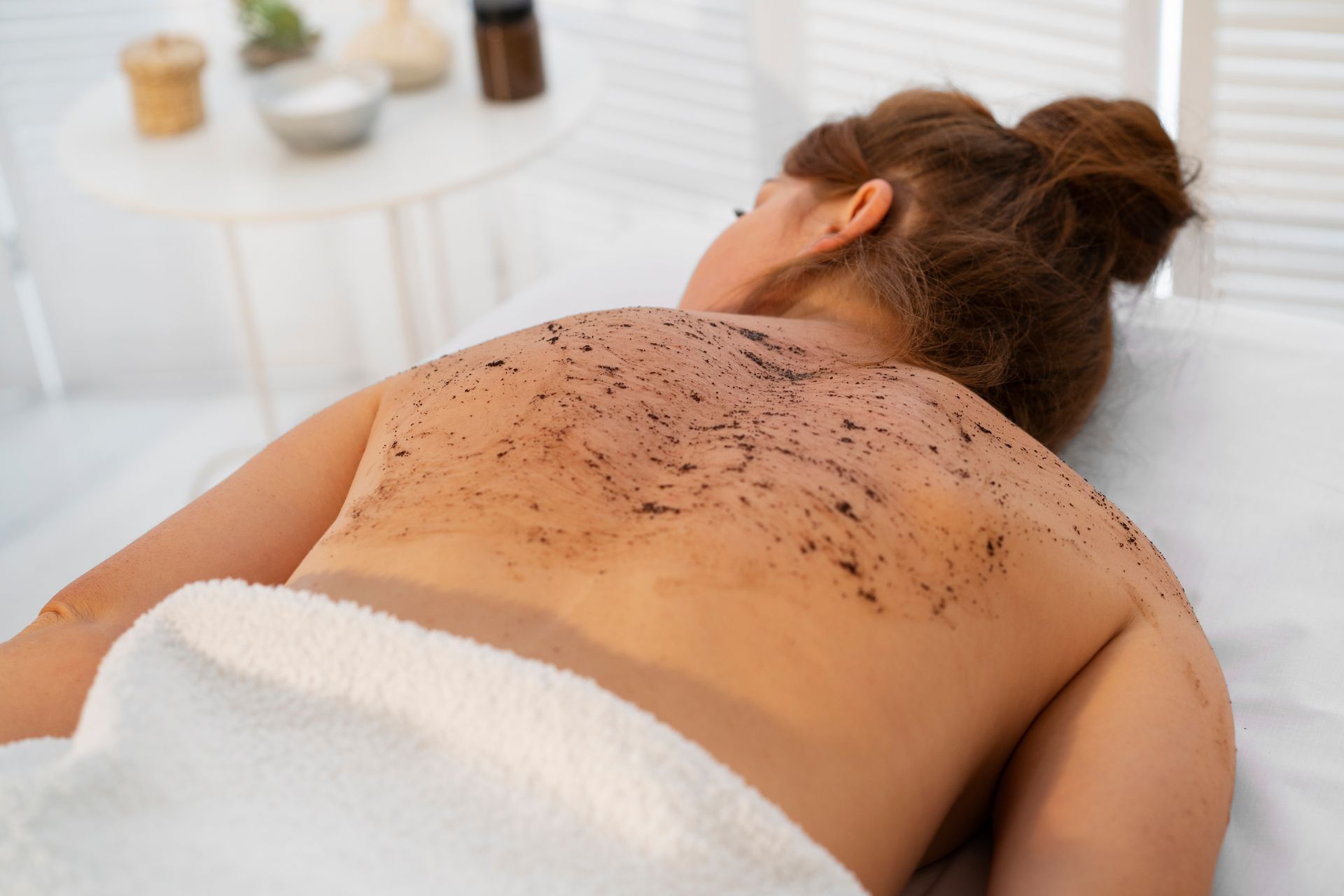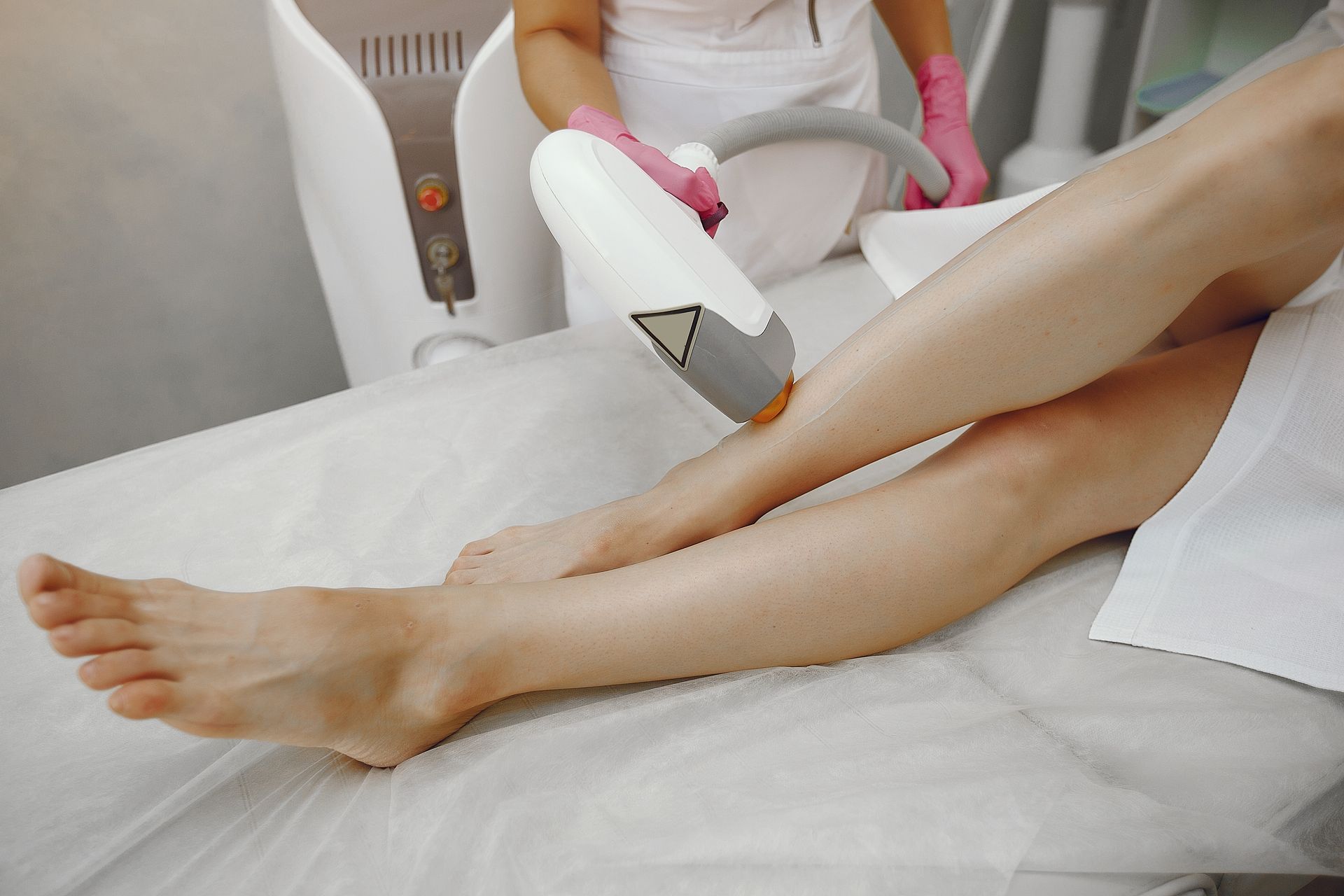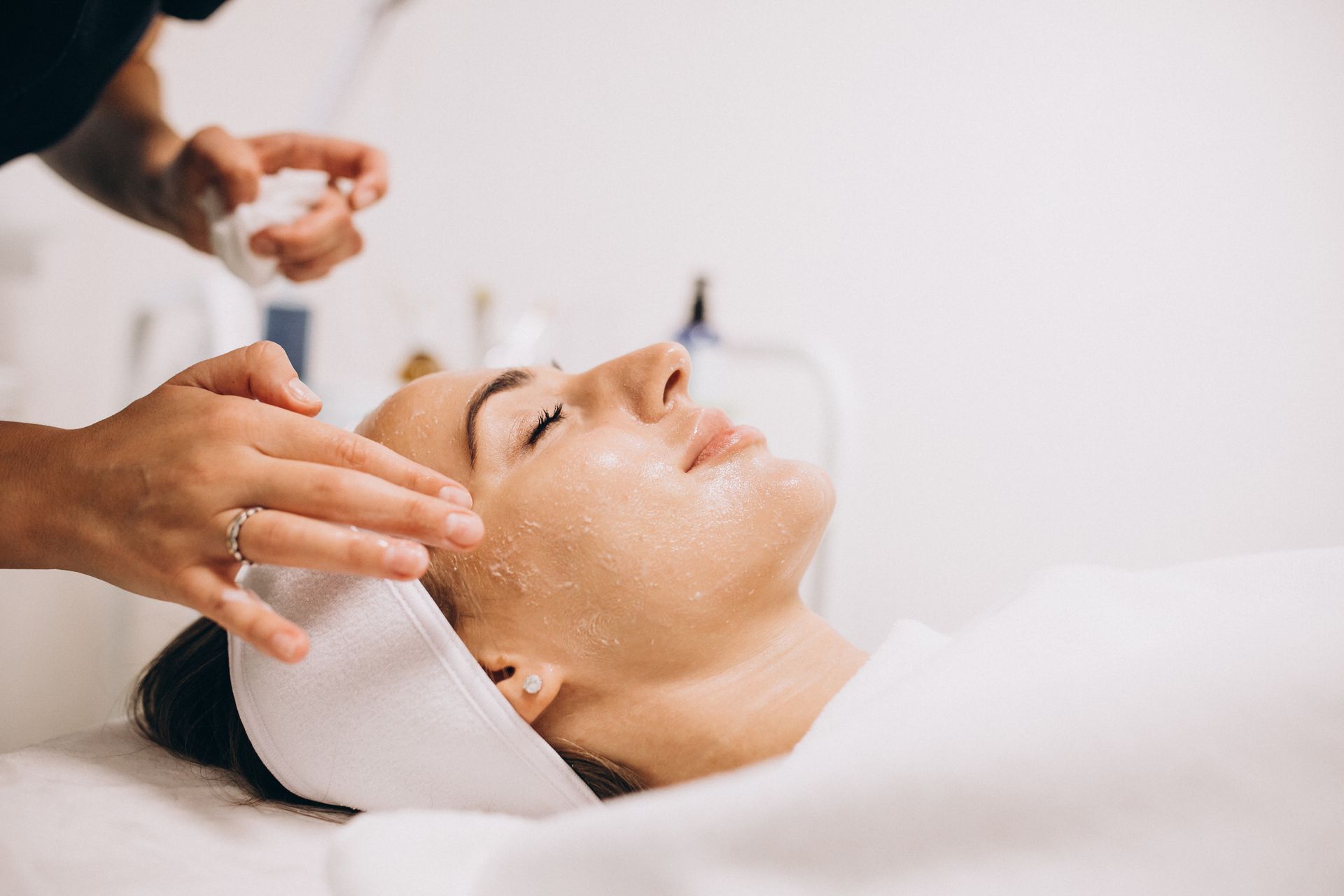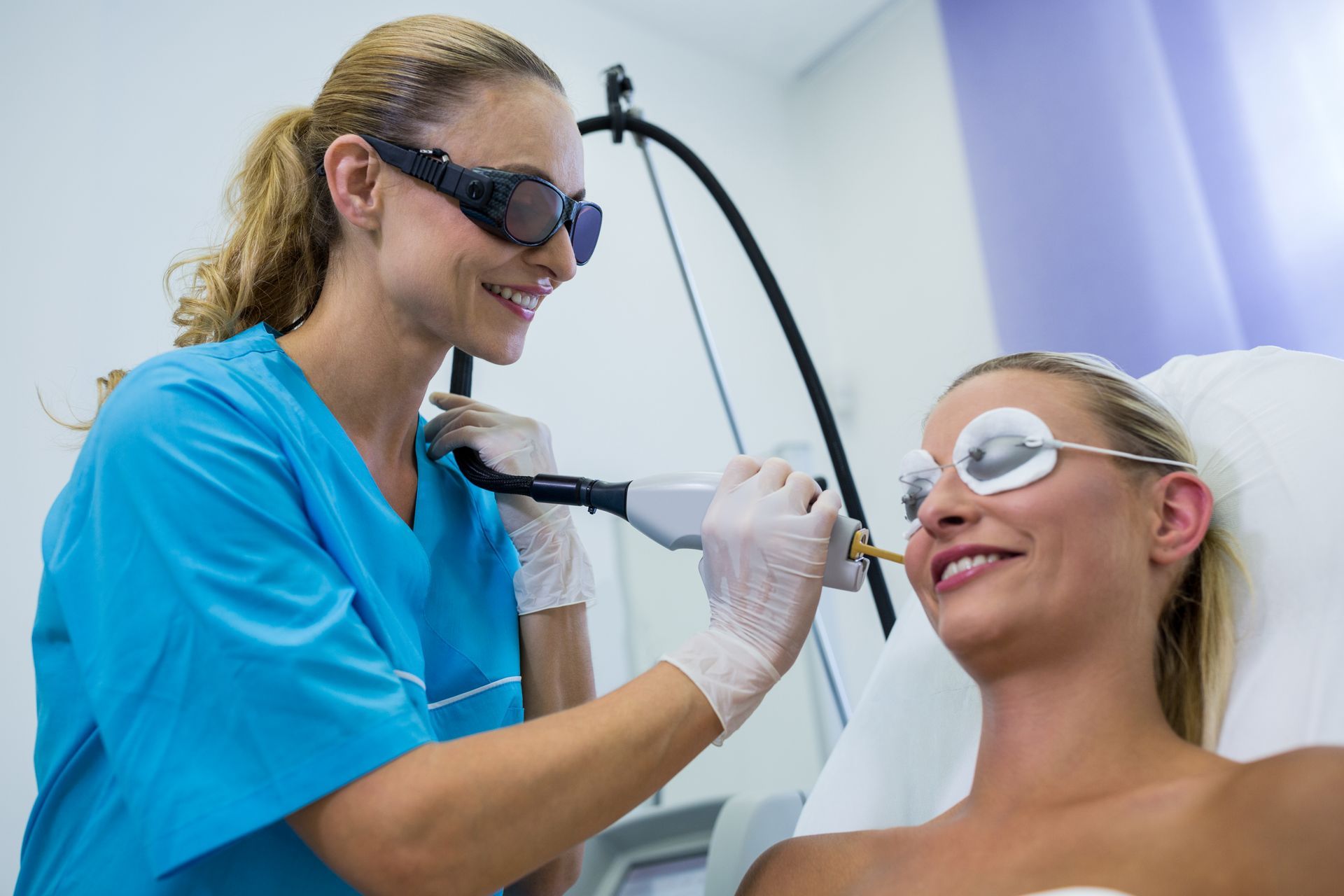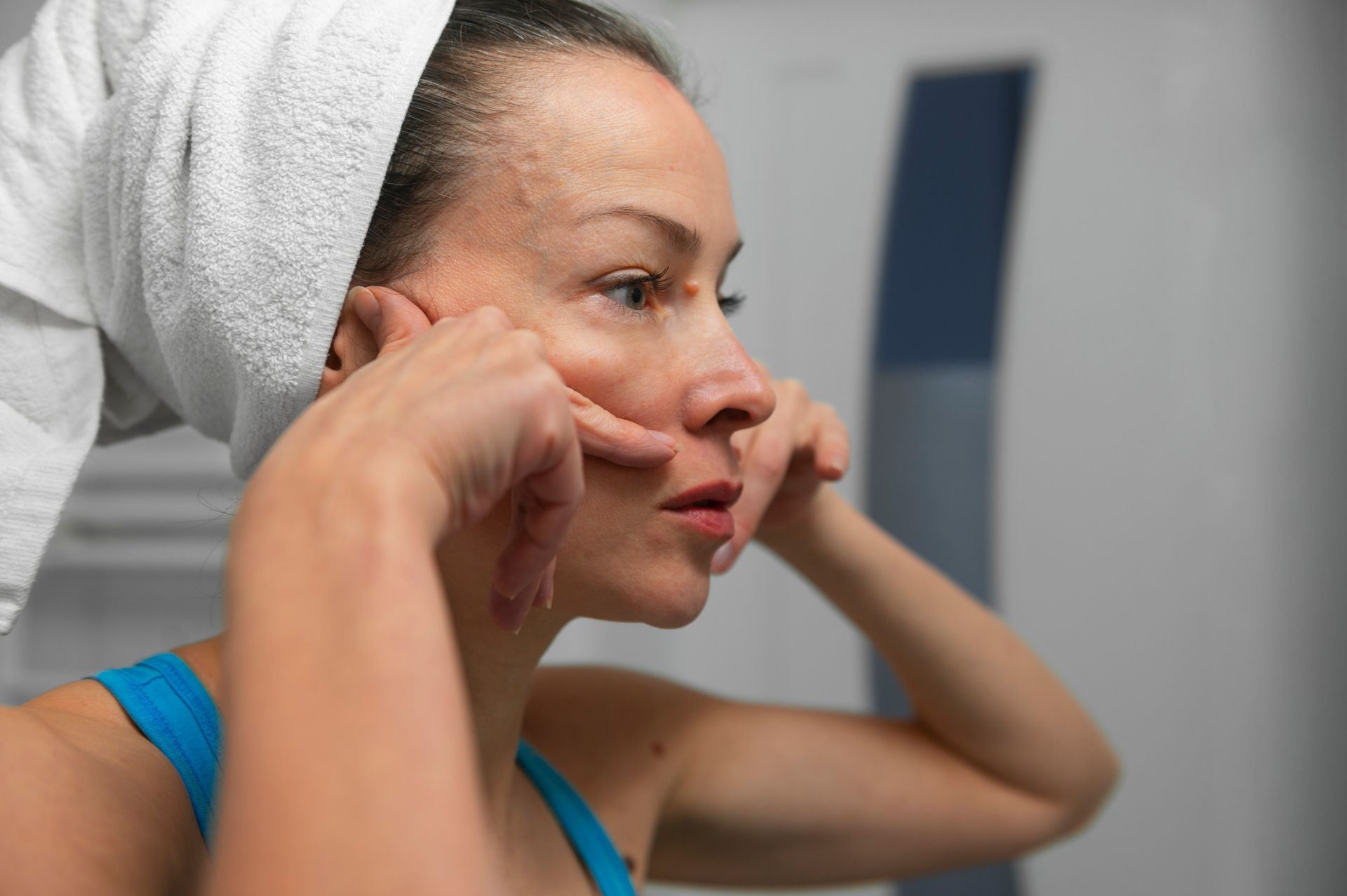Does at Home Laser Hair Removal Work?
In recent years, the quest for smooth, hair-free skin has led to the growing popularity of at-home laser hair removal systems. Offering the promise of salon-quality results in the comfort of one's own home, these devices have become increasingly accessible to consumers worldwide. However, amidst the allure of convenience and cost-effectiveness, questions linger: Does at-home laser hair removal truly deliver on its promises? In this comprehensive exploration, we delve into the world of at-home laser hair removal, examining its mechanisms, efficacy, and practical considerations. From the basics of how these devices work to the factors influencing their effectiveness, we aim to provide clarity for individuals seeking a reliable solution for hair removal.
Understanding At-Home Laser Hair Removal Devices
At-home laser hair removal devices have
gained popularity as a convenient and cost-effective alternative to professional treatments. To grasp their functionality and effectiveness, it's essential to understand the basics of at-home laser technology, the types of devices available, and how they compare to professional treatments.
At-home laser hair removal devices utilize similar principles as professional-grade lasers but are designed for safe and convenient use by non-professionals. These devices emit concentrated beams of light, targeting the melanin in hair follicles. The absorbed light energy heats the follicles, damaging them and inhibiting further hair growth. Most at-home devices use intense pulsed light (IPL) or diode lasers, emitting specific wavelengths of light to effectively target hair while minimizing damage to surrounding skin.
Types of At-Home Laser Hair Removal Devices Available:
There are several types of at-home laser hair removal devices available on the market, each with its own features, advantages, and limitations:
- Handheld Devices: These compact devices are designed for targeted hair removal on smaller areas such as the face, underarms, or bikini line. They are portable, easy to use, and suitable for individuals looking for precision hair removal.
- Handset Devices: Handset devices are larger and more powerful, typically designed for treating larger areas of the body such as the legs, arms, or back. They often feature multiple treatment modes, adjustable intensity settings, and larger treatment windows for faster, more efficient hair removal.
- IPL Devices: Intense pulsed light (IPL) devices emit a broad spectrum of light wavelengths, targeting a wider range of hair colors and skin tones. They are versatile and suitable for individuals with varying hair and skin types, offering customizable treatment options for optimal results.
- Diode Laser Devices: Diode laser devices emit a single, specific wavelength of light, making them highly effective for targeting melanin in the hair follicles. They are often recommended for individuals with lighter skin tones and darker hair colors, providing precise and efficient hair removal with minimal risk of side effects.
How They Differ from Professional Treatments
While at-home laser hair removal devices offer convenience and affordability, they differ from professional treatments in several key aspects:
- Professional-grade lasers used in clinics and spas are typically more powerful and precise than at-home devices, allowing for deeper penetration and more effective targeting of hair follicles.
- Professional treatments are administered by trained practitioners who have expertise in laser hair removal techniques and can tailor the treatment to the individual's skin type, hair color, and desired outcomes. At-home devices require self-administration, which may result in less precise or consistent results.
- At-home devices are designed for smaller treatment areas and may require more time and effort to cover larger areas of the body. Professional treatments can treat larger areas more quickly and efficiently, making them suitable for full-body hair removal.
- Professional treatments are conducted in controlled environments with strict safety protocols to minimize the risk of adverse effects such as burns or skin damage. At-home devices come with safety features and guidelines, but there is a higher risk of user error or misuse, which may lead to unintended side effects.
How At-Home Laser Hair Removal Works
At-home laser hair removal devices work by emitting concentrated light energy that is absorbed by the melanin in the hair follicles. This absorbed energy is converted into heat, damaging the follicles and inhibiting further hair growth. This process, known as selective photothermolysis, effectively targets the hair without harming surrounding skin tissue.
At-home laser hair removal devices are designed to be user-friendly, allowing individuals to target hair follicles in the comfort of their own homes. These devices typically feature adjustable intensity settings and customizable treatment modes to accommodate different skin types and hair colors. By following manufacturer instructions and safety guidelines, users can effectively target hair follicles on various areas of the body.
Potential Limitations Compared to Professional Treatments
While at-home laser hair removal devices offer convenience and affordability, they may have certain limitations compared to professional treatments. These limitations include:
- At-home devices may not be as powerful or precise as professional-grade lasers, resulting in less effective targeting of hair follicles.
- At-home devices are designed for smaller treatment areas and may require more time and effort to cover larger areas of the body.
- Without professional supervision, there is a higher risk of user error or misuse, which may lead to unintended side effects or less consistent results.
Effectiveness and Results
At-home laser hair removal has shown varying degrees of effectiveness in reducing hair growth for many users. While some individuals experience significant hair reduction, others may find that results are less noticeable or take longer to achieve.
Several factors can influence the effectiveness of at-home laser hair removal, including skin type, hair color, hair thickness, and adherence to treatment protocols. Additionally, consistency and patience are key factors in achieving optimal results.
It's important for individuals considering at-home laser hair removal to have realistic expectations for results. While many users experience a reduction in hair growth over time, complete hair removal may not be achievable for everyone. It's also important to understand that results may vary from person to person and may require multiple treatment sessions to achieve desired outcomes.
Advantages and Disadvantages
At-home laser hair removal offers several advantages over traditional hair removal methods and professional treatments:
- Users can perform treatments at their own convenience, without the need to schedule appointments or travel to a clinic.
- At-home devices offer a more affordable alternative to professional treatments, with lower upfront costs and no ongoing expenses.
- Individuals can undergo treatments in the privacy of their own homes, avoiding the potential discomfort of salon or clinic visits.
- At-home laser hair removal devices are readily available for purchase online or in retail stores, making them accessible to a wide range of consumers.
Potential Drawbacks and Limitations
Despite their convenience and affordability, at-home laser hair removal devices have certain drawbacks and limitations:
- At-home devices may not be as powerful or precise as professional-grade lasers, resulting in less effective hair removal for some individuals.
- Treating larger areas of the body with at-home devices can be time-consuming, requiring multiple sessions and consistent effort over time.
- Without professional supervision, there is a higher risk of user error or misuse, which may lead to unintended side effects or less consistent results.
- Some at-home devices may not be suitable for individuals with certain skin types or hair colors, limiting their effectiveness for certain users.
Tips for Successful At Home Laser Hair Removal
Before using an at home laser hair removal device, it's important to properly prepare the skin and treatment area. This may include:
Shaving the treatment area:
Ensure the skin is clean and free of hair before using the device to maximize the effectiveness of the laser.
Avoiding sun exposure: Minimize sun exposure to the treatment area before and after using the device to reduce the risk of skin sensitivity or irritation.
Patch testing: Perform a patch test on a small area of skin to assess skin sensitivity and ensure compatibility with the device.
Post-Treatment Care and Maintenance
After using an at-home laser hair removal device, proper post-treatment care and maintenance can help minimize side effects and maximize results:
- Use soothing creams or gels to calm the skin and alleviate any redness or irritation immediately after treatment.
- Moisturize the treated area regularly to keep the skin hydrated and promote healing.
- Avoid using harsh skincare products, exfoliants, or scrubs on the treated area, as these may irritate the skin or interfere with the healing process.
By following these tips for preparing the skin and treatment area, using at-home devices properly, and practicing post-treatment care and maintenance, individuals can increase the likelihood of successful and safe laser hair removal at home.
Comparisons with Professional Treatments
When comparing laser hair removal options, people often consider at-home versus professional treatments. At-home laser hair removal offers the convenience of doing treatments at home, while professional treatments are performed by trained practitioners in clinics. Professionals can tailor treatments for better results.
Professional treatments typically use stronger lasers, ensuring better and longer-lasting results compared to at-home devices. They also come with expert supervision, reducing the risk of side effects. However, at-home devices, while convenient, may carry a higher risk of user error, potentially causing burns or skin damage.
When deciding between at-home and professional laser hair removal, factors like treatment goals, budget, and skin type should be considered. Professional treatments may be better for specific concerns, but at-home devices are more cost-effective and offer flexibility. Ultimately, understanding the differences in effectiveness and safety is crucial in making the right choice for hair removal needs.
Conclusion
When weighing the options of at-home versus professional laser hair removal, it's essential to consider factors like convenience, effectiveness, and safety. While at-home devices offer convenience and cost-effectiveness, professional treatments often provide superior results under expert supervision. However, for those seeking a more accessible and affordable option, at-home laser hair removal can still be a viable solution with realistic expectations and proper usage. Ultimately, understanding the differences between the two and considering individual preferences and needs will help in making the best choice for achieving smooth, hair-free skin.
BOOK YOUR FREE SESSION
